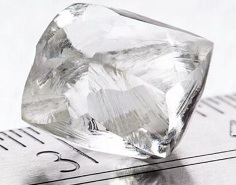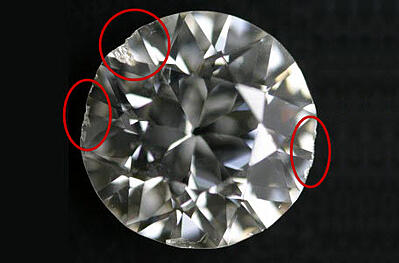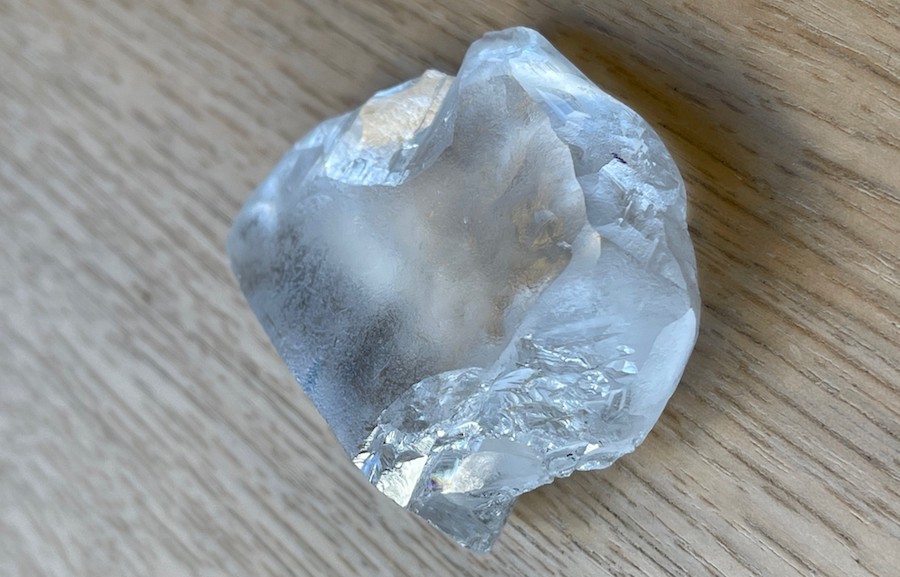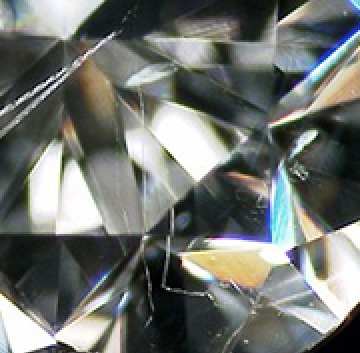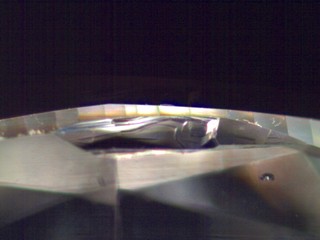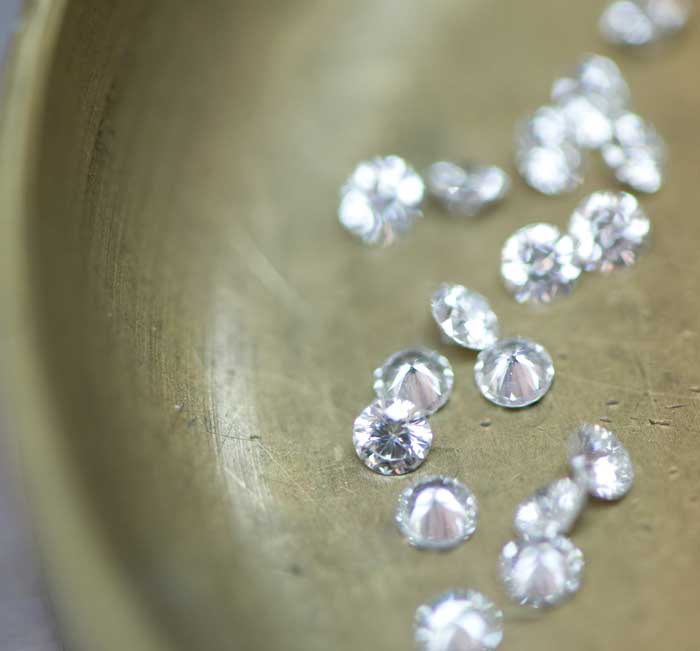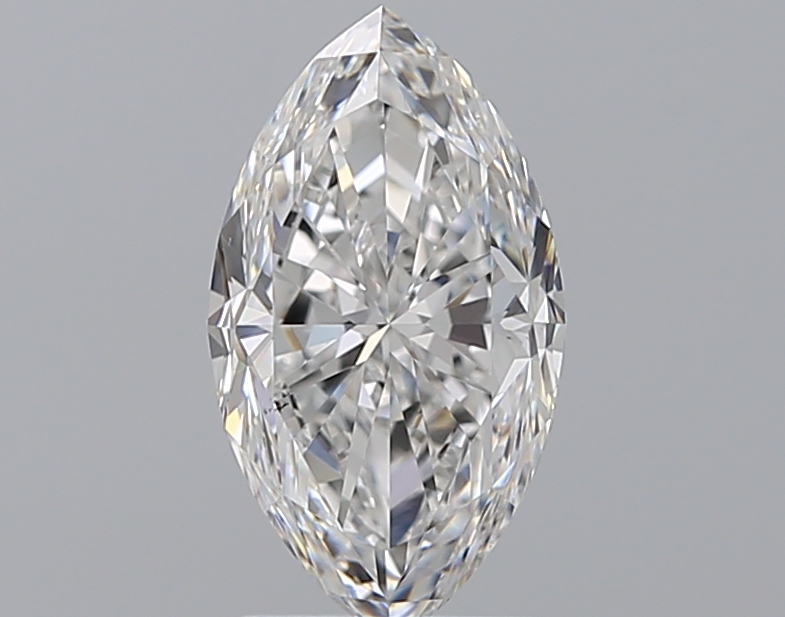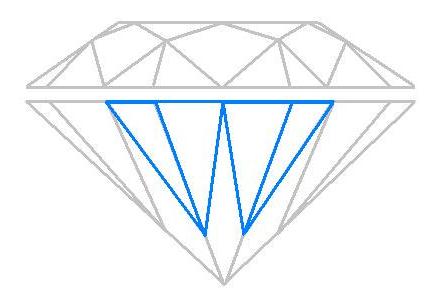An octahedron is one of the most sought-after crystal shapes for rough diamonds, featuring eight triangular faces arranged symmetrically. This shape resembles two four-sided pyramids joined at their base, forming a perfect geometric structure. Due to its natural symmetry and efficient cutting potential, octahedral rough diamonds are highly desirable for diamond cutting and manufacturing.
Characteristics of an Octahedral Diamond
Crystal Structure: Composed of eight equilateral triangular faces
Formation: Forms naturally under high pressure and heat within the Earth’s mantle
Symmetry: Well-balanced, making it one of the most efficiently cuttable rough diamond shapes
Occurrence: One of the most common and valuable rough diamond shapes found in nature
Why Octahedral Rough Diamonds Are Coveted
1. Ideal for Cutting Round Brilliant Diamonds
The octahedral shape is perfectly suited for cutting two round brilliant diamonds from a single rough stone, maximizing yield and minimizing waste.
Diamond cutters often cleave or saw the rough along its natural planes to create two symmetrical, high-quality diamonds.
2. Natural Growth of Diamonds
The octahedron reflects the cubic crystal system of diamonds, where atoms arrange themselves in the most stable geometric form.
Over millions to billions of years, carbon atoms bond in this shape under extreme pressure deep within the Earth.
3. High Clarity Potential
Since octahedral diamonds grow in a stable environment, they often develop with fewer inclusions compared to irregularly shaped rough stones.
Their internal structure is generally strong, reducing the risk of fractures during the cutting process.
Octahedral Diamonds in Cutting & Polishing
How Cutters Assess an Octahedral Rough Diamond:
Orientation: Experts determine the best way to cut the rough to achieve the highest carat yield.
Inclusion Mapping: If internal flaws are present, cutters adjust the cutting plan to eliminate or minimize them.
Cleaving/Sawing: The rough is often split along its natural grain to form two high-quality gemstones.
Common Diamond Cuts from an Octahedron:
Cut Style Why It’s Chosen for Octahedral Rough
Round Brilliant Uses the natural symmetry of the octahedron to produce two symmetrical stones
Princess Cut Retains a high percentage of the original rough weight
Cushion Cut Maximizes brilliance while preserving rough material
Octahedron vs. Other Rough Diamond Shapes
Rough Diamond Shape Description Cutting Potential
Octahedron Eight triangular faces, symmetrical High yield, excellent for round brilliants
Dodecahedron Twelve pentagonal faces, irregular More cutting challenges, lower yield
Macles (Twinned Crystals) Flattened, triangular shape due to twinning Often used for fancy cuts, less efficient for rounds
Cubo-octahedron Mix of cube and octahedron faces Good for step cuts like emerald or Asscher
The octahedron is the most desirable natural shape for rough diamonds due to its symmetry, high clarity potential, and efficient cutting yield. This structure allows diamond cutters to maximize the rough’s potential, often yielding two high-quality round brilliant diamonds from a single octahedral crystal. Its formation represents the natural stability of diamond growth, making it a prized find in the world of gemology.
